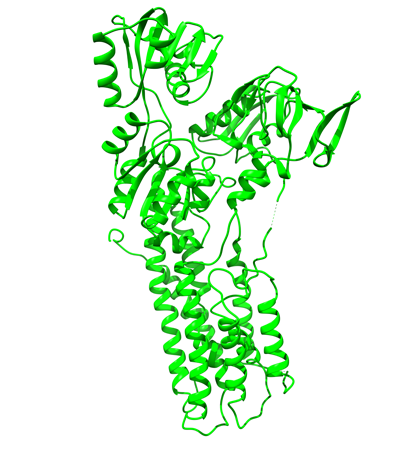Menkes disease is a rare disorder. Since newborn screening for this disorder is not available and early detection is infrequent because the clinical signs of Menkes disease are subtle in the beginning, the disease is rarely treated early enough to make a significant difference in the outcome.

Copper in the body
Copper (Cu) serves a very important function in the body. It is responsible for the movement of electrons from one molecule to another.
Discovery of Menkes Disease
The name is given in honour of professor John H. Menkes from USA, who in 1962 was the first to recognize the disease and describe the main clinical features (1).
Menkes Diagnosis
The blood copper level is low in Menkes babies. Ceruloplasmin is a protein involved in the mobilization of iron and copper from tissues.
Menkes Mutations
When symptoms appear the best diagnostic method is analysis of the ATP7A gene by molecular genetic methods.
Menkes Carriers
Carriers may show minor symptoms of the disease like hair changes and skin hypopigmentation.
How Common is Menkes Disease?
Menkes disease is a rare disorder but its exact frequency of occurrence is unknown. Better diagnostic tests are needed to facilitate early detection.
Menkes Spectrum
In a mouse model about 40 different subtypes of Menkes disease exist showing a broad spectrum of disease expression.
Treatment
Copper histidinate is used to augment the blood copper level because it occurs naturally in the body.
